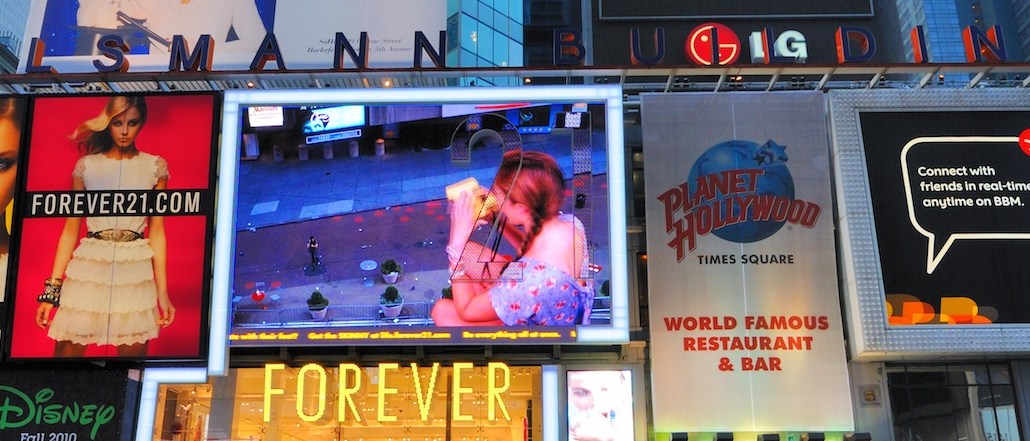
Volume, creativity and the growth of competing platforms.
Those are some of the biggest changes publishers noticed about native advertising in the past year. Digiday held its “WTF is Native Advertising” event in New York yesterday, where top representatives from dozens of publishers met and discussed the ever evolving advertising format.
Minds from Gawker, Mic, Vox Media, Wall Street Journal, Forbes, Time Inc., USA Today, among others, talked about the best practices and biggest challenges facing native advertising.
We pulled some of them aside to ask them: What’s the biggest change in native advertising that you’ve seen over the past year?
Here’s how they responded, slightly edited for clarity:
Molly Bechert, vp and publisher, Mental Floss
There’s a willingness to play with [the format]. We started out with custom posts and those worked really well. We also found that by playing with our “Amazing Fact Generator” or our YouTube offerings that it worked, also. Our audience connected with it because we respected them. If I came back next year, it’s my hope that I’ll see an even greater expanse of native offerings.
Paul Sundue, executive director, Studio@Gawker
Number one: Volume. The raw number of requests for proposals has doubled or tripled within the past year, and it’s really a hot topic right now. Number two is the willingness of our advertisers to roll up their sleeves and tell interesting stories.
Ann Marinovich, vp of advertising products and strategy, Forbes
The biggest change we’ve seen over the past year with native advertising are our BrandVoice platforms. It’s a focus from an analytic standpoint to go beyond the page view. It’s not just about the number of people who are consuming the content, but who those people are, what are they doing afterwards they’re exposed to the content and how engaged they are with the content. There’s a shift in the marketplace where people are really focusing more on how the content is consumed and not just simply that it is consumed.
Lindsay Nelson, global head of strategy, Vox Media
The biggest change is the transition of readers to an off-platform world. For example, Facebook Instant Articles, Google AMP and Snapchat. Readers are consuming content from brands on other platforms and for native advertising, that has a lot of implications.
Images via Shutterstock.
More in Media

What publishers are wishing for this holiday season: End AI scraping and determine AI-powered audience value
Publishers want a fair, structured, regulated AI environment and they also want to define what the next decade of audience metrics looks like.

Media giant Essence launches a marketplace for Black women-led brands
Essence has launched WeLoveUs.shop, a new online marketplace dedicated to Black women-led brands.

In Graphic Detail: The state of AI referral traffic in 2025
The stats reveal a new audience pipeline forming outside of traditional search and social platforms.





